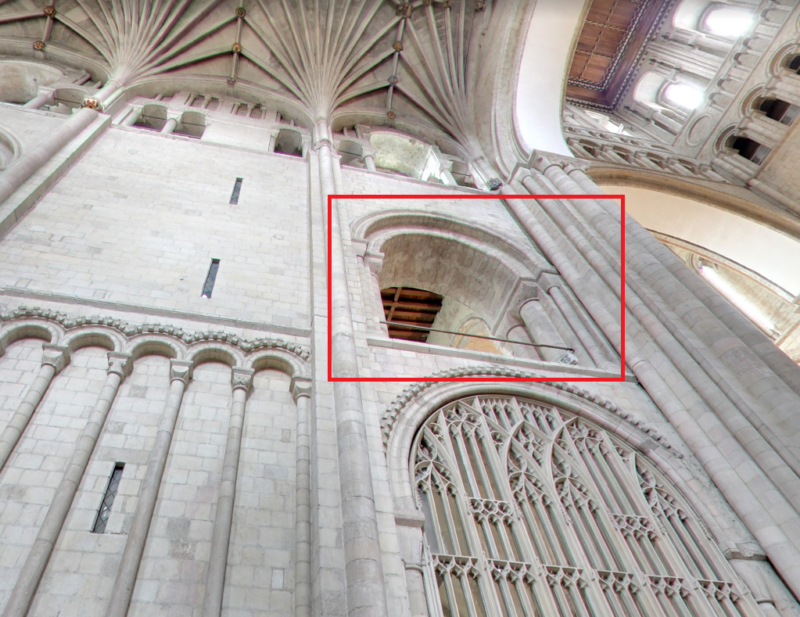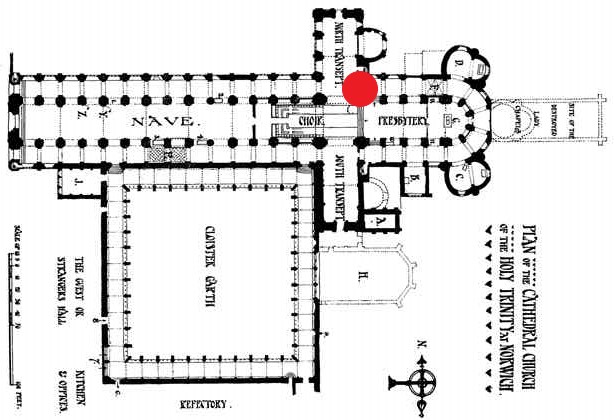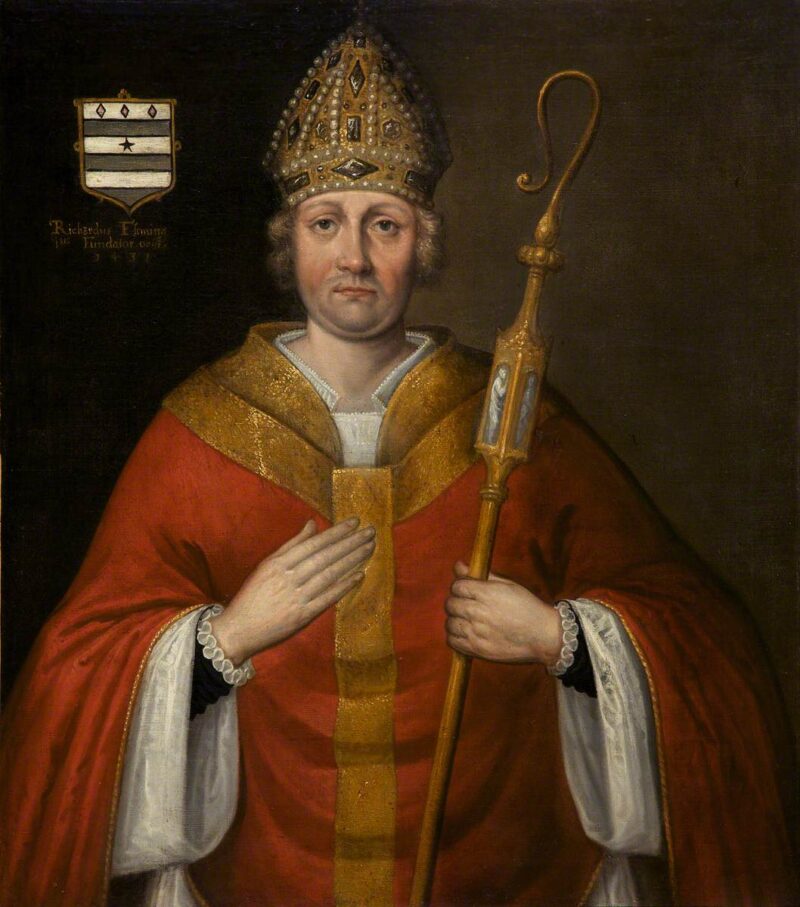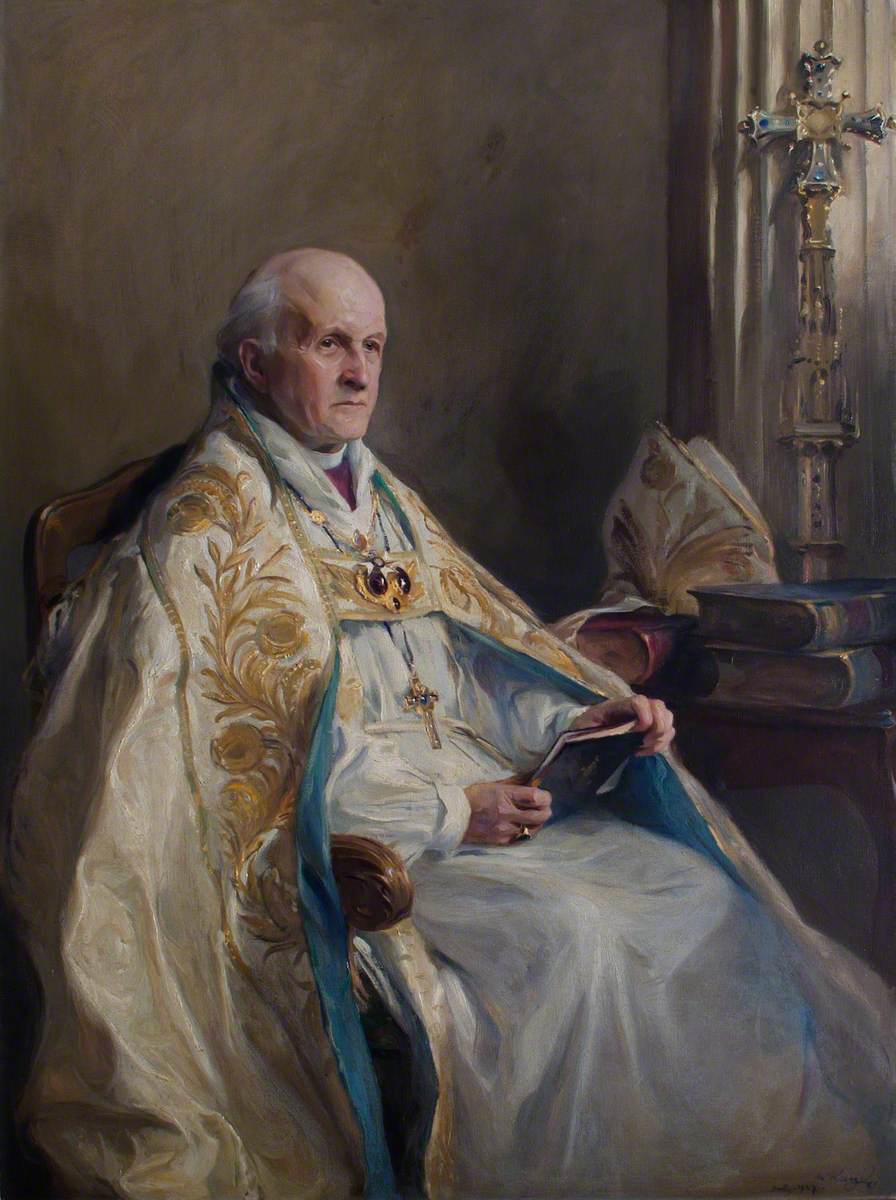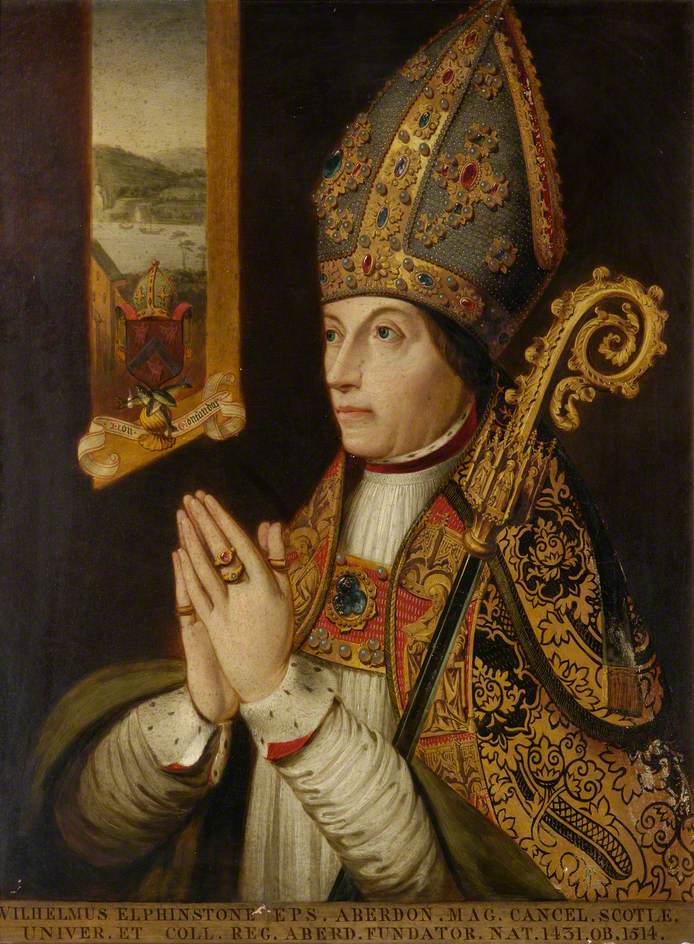The Ghost Bishop at Norwich Cathedral: A Closer Examination
In the summer of 2015, Kerry Launders was visiting Norwich Cathedral with her family when she snapped this peculiar photograph:

According to both Launders and online commentary, the twenty-nine-year-old successfully captured what appears to be a ghostly figure gazing towards the cathedral’s presbytery. Since the city of Norwich is ripe with tales of hauntings, adding yet another ghost to the roster isn’t out of the ordinary. But who could this new ghostly figure be? And does ghost photography necessarily confirm a haunting?
Photograph Location
Exploring the interior of the cathedral on Google Maps, it appears the photograph was taken from the north transept, with the ‘ghost’ standing in the above triforium.
In cathedral architecture, the transept is the part of the building that separates the nave (area of the cathedral for the lay people) from the presbytery or chancel which is the space around the alter used by the clergy. Since cathedral floorplans are cruciform (shaped like a cross) the transept is the ‘arms’ of the cross. The triforium, where the figure in Launders’ photo is located, is an upper aisle that functions as a space for light and ventilation.
This drawing of the Cathedral’s triforium from the late 18th/early 19th century gives an idea of what the inside of the triforium looks like:

Below is another screenshot from Google Maps from the south side of the presbytery showing the triforium’s windows.
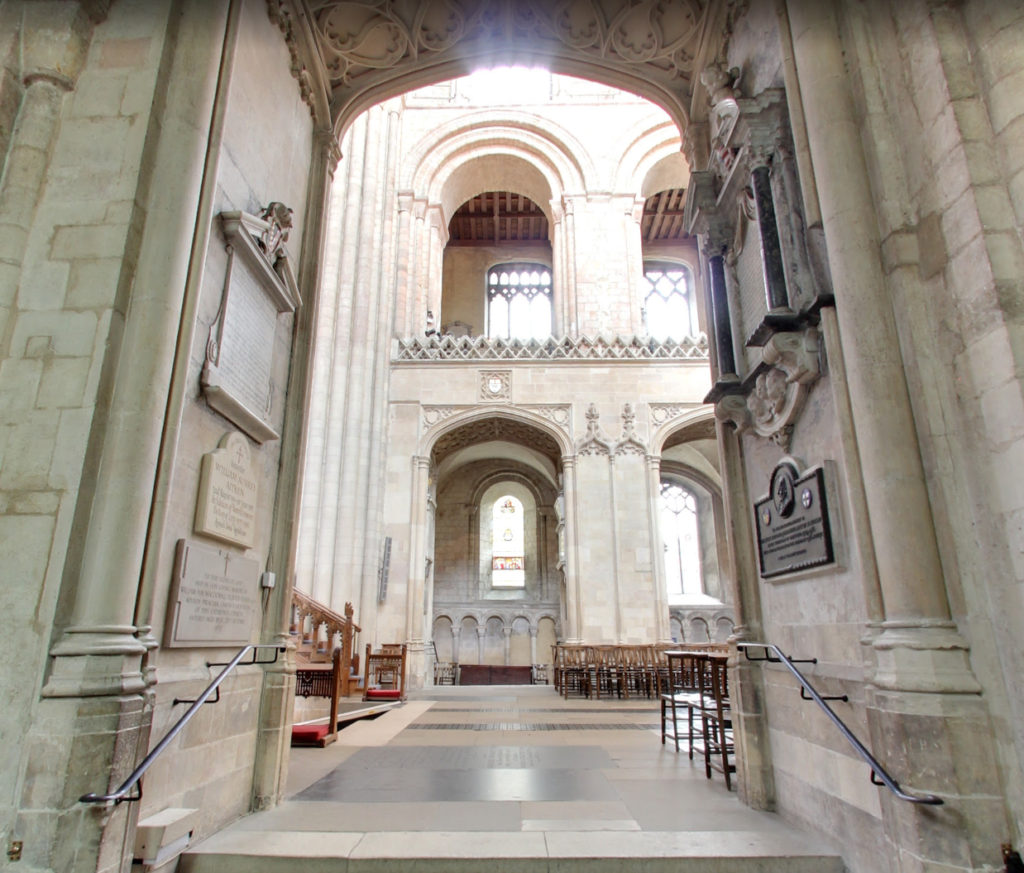
An important takeaway from the location of the photograph is that a person, not just a ghost, is capable of getting into that area. However, since triforium are usually closed to the public, a member of the clergy or cathedral volunteer would be the only individuals with access to those areas.
Possible Identification
It’s common for ghosts from reported hauntings to be given names such as ‘Girl in a White Dress’, ‘Man in a Top Hat’, or ‘Young Solider’, as identifiers. Especially when historic records no longer exist or when the ‘ghost’ doesn’t have enough identifying features to be tied to a specific person. This is the case with the figure in Launders’ photograph. No name has been attributed to the ghostly apparition, but as Launders observed, “it looks like a bishop – and there are a lot of those buried there – with the long clothing and the tall hat.”
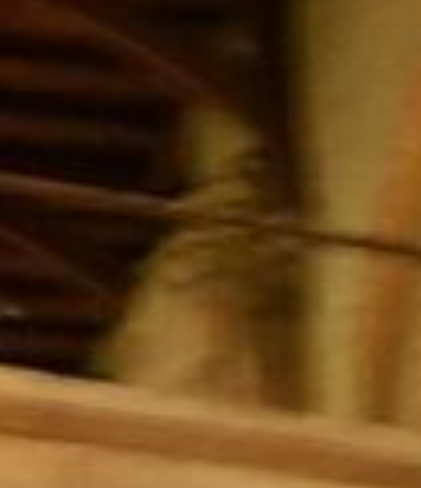
And Launders is correct, there have been a lot of bishops buried at Norwich Cathedral over the last 900 years, including:
- Herbert de Losinga (d. 1119), first Bishop of Norwich and founder of Norwich Cathedral
- John de Gray (d. 1214), Bishop of Norwich
- Pandulf Verraccio (d. 1226), Bishop of Norwich
- John Salmon (d. 1325), Bishop of Norwich
- John Hopton (d. 1558), Bishop of Norwich
- John Salisbury (d. 1573), Bishop of Thetford, Dean of Norwich
- John Parkhurst (d. 1575), Bishop of Norwich
- William Redman (d. 1602), Bishop of Norwich
- John Overall (d. 1619), Bishop of Norwich
- Edward Reynolds (d. 1676), Bishop of Norwich
Construction on Norwich Cathedral began in 1096, giving plenty of time for various bishops to visit and oversee the cathedral. So the list of likely ghostly candidates is actually much, much longer than this.
Launders’ second observation is also true. Traditionally, bishops clothing consists of what she describes as “the long clothing and the tall hat”. These are known as a dalmatic or tunicle (‘the long clothing’) and the mitre (‘the tall hat’). And if we squint, both items of clothing can be interpreted on the figure in the photograph, as highlighted below:
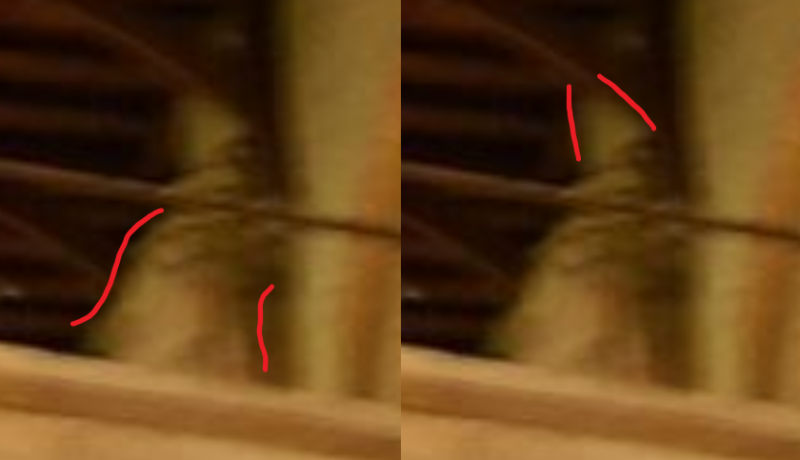
For comparison, below are historic examples of British bishops wearing the dalmatic/tunicle and the mitre:
Issues with Ghost Photography
Since most ghost photos today are taken with digital cameras or smartphones, it’s more difficult for paranormal researchers to determine if a photograph of a ghost has been faked. When film cameras were still in use, the photograph’s negative could be examined in order to confirm or deny legitimacy. But with the rise of easy to use photo editing software, and even ghost photo apps, it’s getting more difficult to differentiate a well-made fake from something that might be real.
For the Norwich Cathedral ghost, we only have a digital copy of the photo provided by the photographer and her own eyewitness account. Unfortunately, since the existence of ghosts has not been scientifically confirmed, this isn’t enough evidence to prove contrary.
According to the Association for Scientific Study of Anomalous Phenomenon (ASSAP), paranormal photographs can be broken down into five categories. From most common to least common:
- Photographic artifacts (out of focus, long exposure, beyond resolution, etc)
- Misidentifications (simulacra, objects from strange angles, etc)
- Real objects not noticed at the time of exposure
- Fakes
- Various other types
Realistically, our cathedral ghost could fall into any of these categories. According to Launders, “I was just taking photos of the arch on my camera and that was that. There was nothing up there. But when I look back through my photos I saw something and had a proper look and I thought ‘wow’ this is a good picture.”
Since Launders didn’t see the figure until reviewing her photographs later, its possible that her ghost falls under the third category. Especially, as she said, her attention was on the arches. And if something (an object, a person) was up in the triforium, it’s even more likely that Launders photo fell victim to an unfortunate side-effect of interior cathedral photography: long exposure.
Due to the blurry effect of the photograph, it’s clear that Launders wasn’t using a tripod and was shooting in low light. This is no fault of Launders, and simply the reality of indoor amateur photography. But the overall blurriness of the photograph means that the figure, whatever it is, is also not entirely in focus. There could very well have been a person (likely someone working or volunteering for the cathedral) who Launders happened to catch at just the right moment as they appeared in view. And because of this, the blurry appearance of the resulting figure appears quite ghostly.
Long exposure can play another curious trick: superimposing objects or people into photographs that weren’t there at all when the photo was taken. No photo editing software or ghost apps required. The ASSAP explains how this type of photographic anomaly is possible:
What has happened is that you took a long exposure, probably without even knowing it. The picture is blurred because you cannot hold the camera still enough for more than about 1/30s. However, at some point (usually at the end of the exposure), you stopped pointing the camera at the subject, unaware that the shutter was still open, and it pointed momentarily at somewhere else. If there was anything bright in the ‘somewhere else’, it will get superimposed on your original scene. The rest of the ‘somewhere else’ will not appear as it is not exposed for long enough (compared to your original scene). Any highlights in the ‘somewhere else’ appear as light trails from the camera moving away from the original scene. Thus, the ‘extra’ or ‘ghost’ in your scene is something brightly illuminated that is nearby but not in your original shot.
Full explanation and example images can be found at www.assap.ac.uk
And the power of suggestion can’t be overlooked. We’re told that the image shows the ghost of a bishop, so we’re naturally more inclined to agree that we’re seeing the same thing when we look at the photograph. There is also the small chance that Launders actually did capture the lost-soul of a former Norwich bishop. But since there are no scientific ways of confirming this, its legitimacy remains open to speculation. However, this doesn’t make her photo any less interesting as it’s certainly an oddity amongst typical photographs of the cathedral.
Other Paranormal Reports at Norwich Cathedral
Launders’ ghostly bishop isn’t the only reported haunting in the cathedral’s history. During the twentieth-century, rumours of paranormal activity arose while builders disassembled an old stone staircase in the Cathedral close. Until church officials were brought in to investigate, claims of poltergeist activity was reported by the workers who saw objects being moved by an invisible hand.
And in 2014, a year before Launders’ photograph, an anonymous Yorkshire priest found an old journal with a story by Frederick Higbane reprinted from 1736 titled ‘A Strange Occurrence’. The story tells of Higbane’s encounter with a ghostly figured at the Erpingham Gate in front of the cathedral:
I was walking near one of the great gates, which led to the Cathedral, when I suddenly observed a man clothed like a clergyman standing in the angle of a wall directly in front of me. Owing to the dusk I could not see him well until I was close up against him. Then I saw him perfectly clearly, and to my horror his face was terribly swelled, and a rope was drawn tight around his neck. Protruding from his breast was a knife, such as formerly used by executioners for dismembering the bodies of criminals.
Read the full story at Norfolk Tales, Myths, and More
Higbane realises that the ghost is the same man from a portrait hanging in his room at the nearby inn (thought to be the Maids Head Hotel). He learns from the landlord that the portrait is of Reverend Thomas Tunstall who was executed at the street’s gates in 1616.
Even the area immediately in front of the cathedral has it’s own fair share of ghost stories, including a tale of cannibalism and plague at the Augustine Steward House, the ghost of a maid and former mayor at the Maids Head Hotel, and the grey lady ghost who haunts Tombland Alley. Because of Norwich’s long, rich history, it’s no surprise that the city is overflowing with spooky tales and haunted locations. Launders’ ghost bishop is among good company.
Visiting Norwich Cathedral
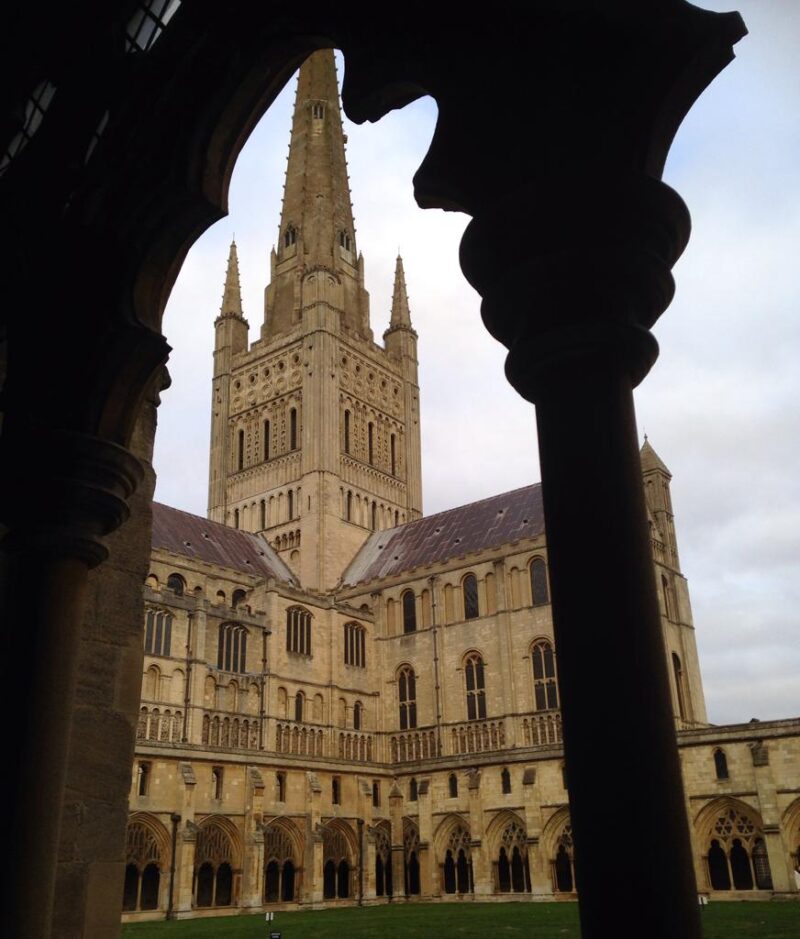
Looking to take your own creepy photograph of the ghostly bishop? Or simply interested in witnessing the timeless beauty of Norwich Cathedral? During non-pandemic times, the Cathedral is open to visitors and stresses an ‘everyone is welcome‘ attitude. When it’s safe to do so, visiting Norwich Cathedral isn’t complete without a trip to their Jarrold at the Refectory Café for light refreshments or even a full meal (the food is amazing).
In the meantime, visit Norwich Cathedral’s website and explore the cathedral through their virtual tour. Happy virtual ghost hunting!

